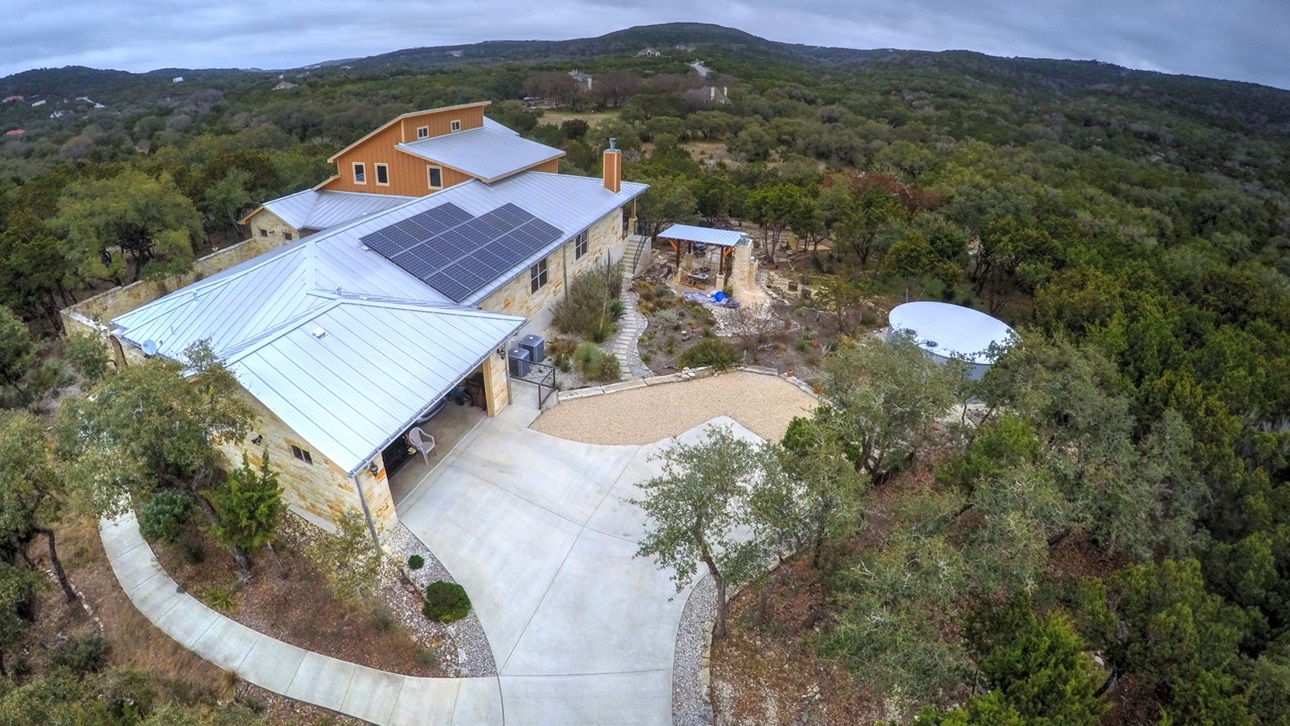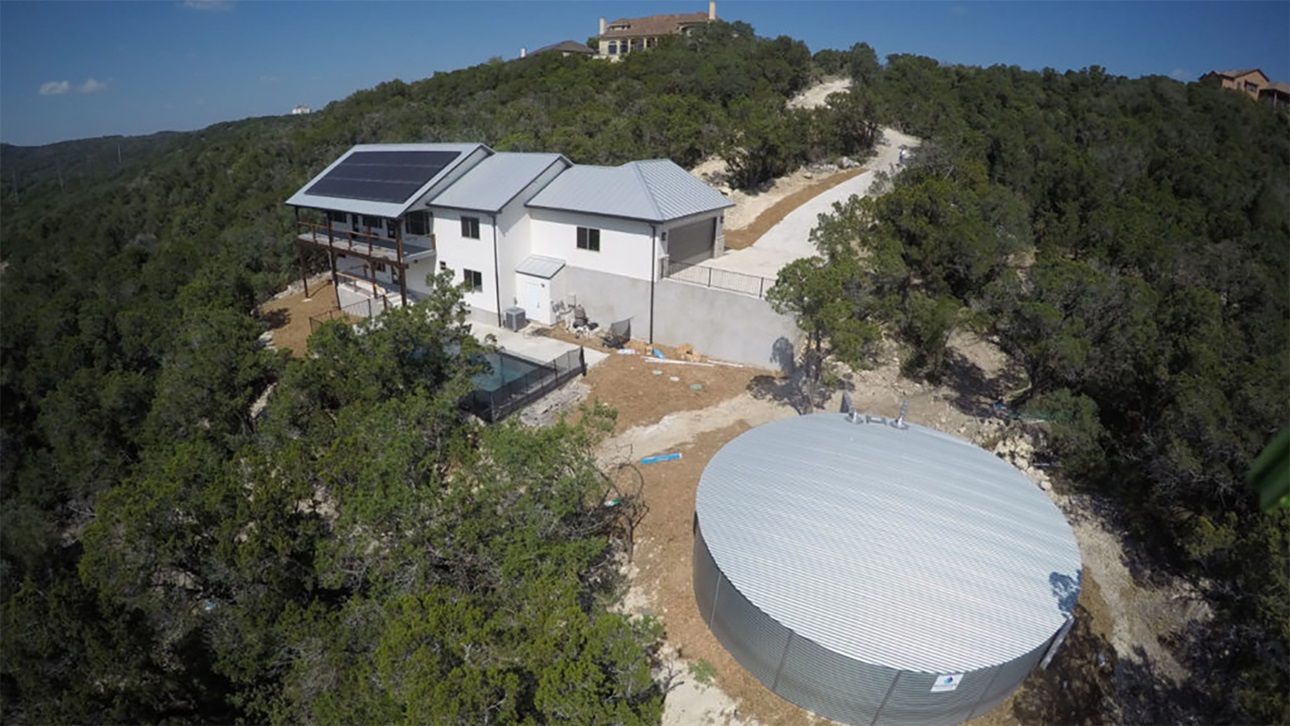Increasing Water Efficiency in New Homes Through NGBS Certification
Location: Texas
Structure: Carbon Neutral/Zero Water Housing
As builders face challenges such as drought and other extreme weather events, both building professionals and clients are increasingly interested in improving water efficiency on their property. In Texas, NAHB member Darrel McMaster builds to the National Green Building Standard (NGBS) to increase water efficiency for his clients.
Challenge: Water Scarcity
Across the southwestern United States, water scarcity is an increasingly prevalent concern. Home owners are becoming more conscious of water costs and access. Some home owners are seeking efficient solutions that address both the struggles of current water access and that better prepare them home owners for worsening water shortages that may occur in the future because of the ongoing mega-drought across a portion of the West.
Resolution: Efficient Housing
McMaster builds his homes in Boerne, Texas, to the NGBS Green+. McMaster explained that these houses are net zero energy, which earns his buildings the Net Zero Energy badge.
McMaster also earns NGBS Green+ Zero Water badges on his buildings. The houses are built with rainwater harvesting systems that support the whole home’s water needs. The tanks only need 14 inches of rain per year for a family of four, which is helpful in places with limited water supply and increasing populations.
The system’s initial expense of $30,000 is a cost home owners may be willing to pay when water costs are constantly increasing, or they want the security of having their own water access regardless of the municipalities’ ability to provide water. This is increasingly helpful, as the U.S. Department of Agriculture (USDA) and the National Oceanic and Atmospheric Administration (NOAA) recently reported that more than 90% of Texas’ counties are experiencing extreme drought conditions.
Home owners recuperate upfront water system costs by selling any excess electricity these homes make. As net zero energy homes, these houses sometimes produce more electricity than is needed, and selling the excess electricity provides home owners with a unique revenue stream. The upfront system costs are paid off faster, and home owners have the confidence that they are being as efficient and self-sufficient as possible.
Oftentimes, more water is used on the exterior of the home. Efforts to mediate excessive outdoor water use are accomplished by using smart landscaping choices that put in drought-tolerant plants, drip irrigation and native flora.
For more information, check out the following additional resources:





